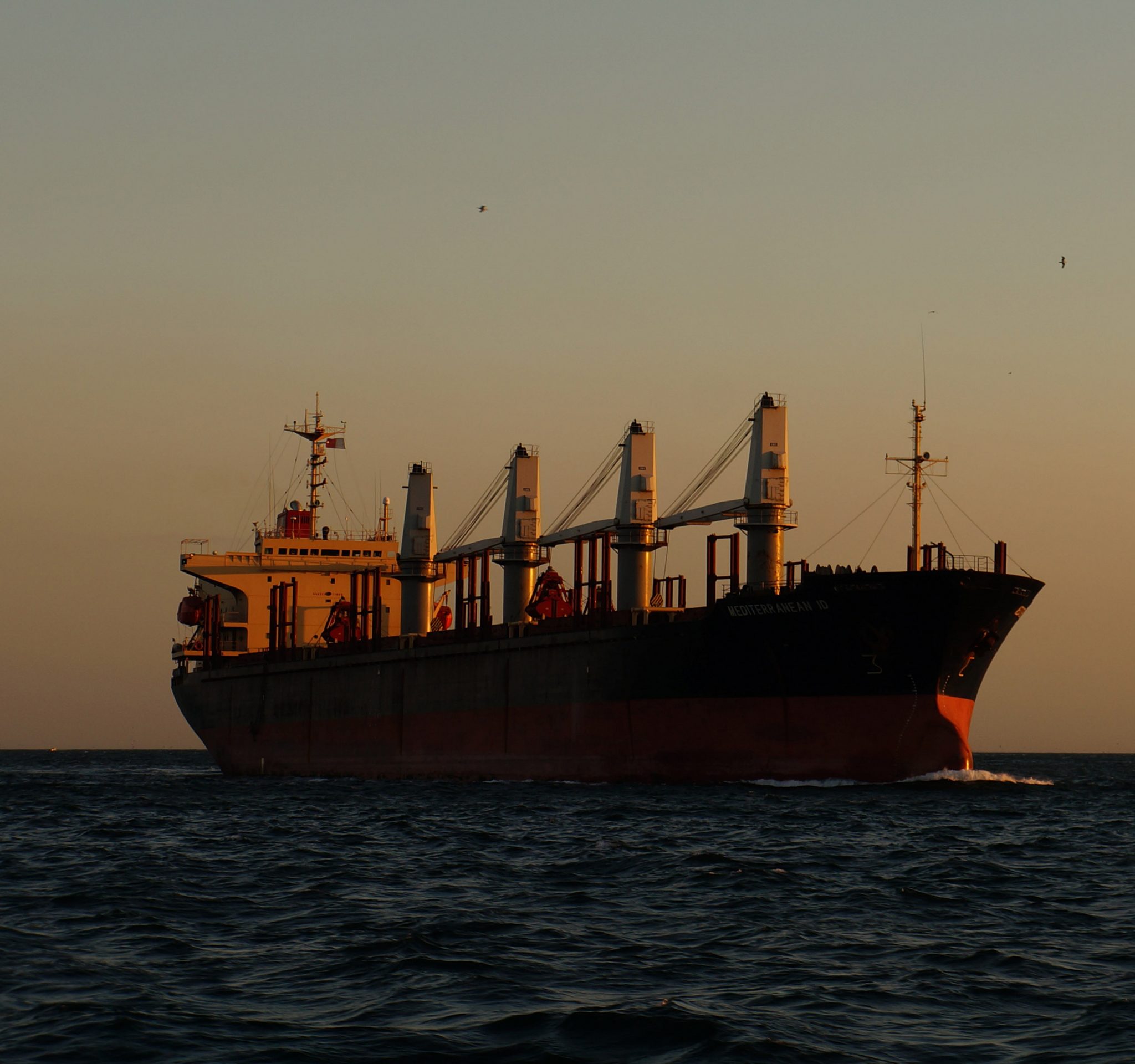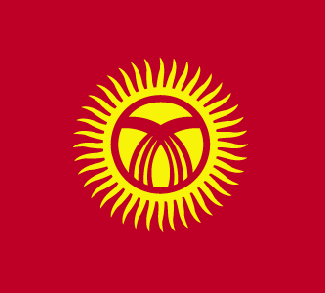The historic 19th century ‘Great Game’ of Lord Curzon’s making may be in the process of revival, albeit in different setting with different actors and varying interests.
From the vast deserts of Central Asia, the new Great Game seems to be shifting to the warm waters of the Indian Ocean, the premier commercial waterway of international trade. The actors are not the old imperial powers aspiring for empires but shrewd traders seeking large markets for their merchandise and accompanying political clout. They act not in isolation but in collaboration without losing sight of their respective national interests.
China, USA, Russia, India, Iran, Central Asian Republics, Afghanistan and Pakistan are the conspicuous actors of this new game. Actually, regional states in the Central and South Asia desire to forge new bilateral and multilateral relationship outside abandoning the model of the days of Great Game.
Their convergence on a new relationship built along economic parameters is bolstered by modern technology and advanced entrepreneurship.
The focus of this relationship is on connectivity, on building new gigantic trade routes, on expanding maritime trade and commerce and ultimately on creating healthy contours of inter-dependability for progress and prosperity. The new Great Game is likely to move along these lines.
A major development in this scenario was the building of the Karakorum Highway that connects China’s eastern province of Xinjiang with the Pakistani seaport of Gwadar on Makran coast. The next step in the process was Pakistan handing over the building of Gwadar sea port to China. With that the two Asian countries are to stake claims for a role in maritime trade and diplomacy along the important waterways of the Arabian Sea and the Indian Ocean. The third phase of Sino-Pak connectivity is the prospect of China’s massive investment in infrastructural development in Pakistan’s strategic northern region of the Karakorum Highway connectivity. This move may not rule out the likelihood of China obtaining permanent foothold in the strategic Gilgit bordering on the underbelly of the Central Asian Republics of erstwhile Soviet Union, besides obtaining proximity to Afghanistan through the Wakhan corridor.
China’s forward move has evoked response from local stakeholders. Much before Chinese President Xi Jinping signed $46bn worth of energy and infrastructure development agreements with Pakistan last month, Iran and India had a long-standing agreement, signed in 2002, to develop the Iranian port of Chabahar into a full deep sea port. The West’s sanctions against Iran for her nuclear program delayed work on the project.
Iran, Afghanistan, and India have reached an agreement on developing Chabahar port as a major trade and transit terminus promising much needed opening for landlocked Afghanistan and Central Asia to the warm waters of the Indian Ocean.
They signed a trilateral agreement 2003. India was to build a road – Route 606 – connecting Delaram, the border city of Afghanistan, with Zaranj, the capital of Nimruz province in Afghanistan. Iran was to build a highway from Chabahar up to Delaram. The Border Roads Organization of India constructed the Delaram-Zaranj highway, and it was completed in 2009.
The strategic Iranian sea port along Sistan-Balochistan coastline, 72 kilometers to the west of the Pakistani port of Gwadar, is poised to place under her navy’s surveillance the movements of gigantic oil tankers and warships in a volatile zone of the Indian Ocean.
For India, this link has strategic significance; it frustrates Pakistan’s adamancy of refusing India an overland route to Afghanistan, Central Asian Republics, and to Eastern and Western Europe. It demolishes Pakistan’s monopoly of overland access to Afghanistan for other countries in the sub-continent. Afghanistan becomes a natural beneficiary of the project with two-way access to the Indian Ocean and to Central Asia.
Observers take the operationalizing of the twin sea ports on the southern coastline of Pakistan and Iran as the harbinger of this century’s new Great Game in the Indian Ocean. Iran, Pakistan, India, China, Russia, and the United States of America are direct or indirect stakeholders in the changing geostrategic scenario in this oceanic region.
Located barely 72 km away from each other in the deep-sea, Gwadar port in Pakistan and Chabahar in Iran are not mere ports but geopolitical launch pads that can alter the strategic balance in the region. The Gwadar port — close to the Straits of Hormuz — allows China access to the Indian Ocean, as the Karakorum Highway originating in Xinjiang disgorges at Gwadar. China can monitor US and Indian naval activity in the Persian Gulf and Arabian Sea while its proxy Pakistan can control the energy routes from there.
On the other hand, Chabahar port in Iran is India’s trump card and gateway to Afghanistan, Central Asia, Russia, and Eastern Europe. It can allow India monitor Pakistani and Chinese naval activities in the Indian Ocean region and Gulf. The link will give India entry into Afghanistan and Central Asian markets, bypassing Pakistan, and thwart Chinese and Pakistani efforts to turn Gwadar port into a hub of international trade
The Chabahar port project is crucial for Afghanistan since it would enable shipping goods to Middle East and Europe as well as allow for the inflow of vital goods to Afghanistan. Economically, it would imply a significant boost to its trade and investment in much-needed infrastructure.
The Hindustan Times of 11th April reported that India is ready to invest $20 billion in the development of Iran’s Chabahar port and has requested it to allocate adequate land in the Chabahar Special Economic Zone (SEZ). Indian companies were also interested in setting up petrochemical and fertilizer plants, including in the Chabahar SEZ either through joint venture between Indian and Iranian public sector companies or with private sector partners.
In May 2014, India and Iran had signed a MoU to jointly develop the port once the international sanctions against Iran were lifted. Owing to high congestion of Bandar Abbas port, Iran has been focusing on the expansion of Chabahar from 2.5 million tons to 12.5 million tons annually. Chabahar can handle cargo ships bigger than 1000,000 tons and Iran has had long term plans of integrating Chabahar with the North-South Transport Corridor (NSTC). The Chabahar-Afghanistan-Central Asian link will immensely boost Iran’s activity under the NSTC.
While eyeing a larger role in Western Asia, New Delhi’s regional diplomatic status will see a huge surge with the development of Chabahar port. Iran, meanwhile, wants India to help create a free trade zone near Chabahar, some 72 km from Gwadar where the Chinese Overseas Ports Holding Company has agreed to help Pakistan establish a free economic zone.
Afghanistan, a direct beneficiary of the project, has signed the tripartite transit trade agreement on using the port as an alternative route, which could jack up bilateral trade to $3 billion from $700-800 million. India has pledged $100 million for laying railway lines connecting Afghanistan with Central Asia.
The interesting thing about the signing of a MoU by these three countries – Iran, Afghanistan and India – is that it came about despite warnings from Washington that India was moving too fast and could undermine the sanctions regime. The signing of the MoU moved forward despite this obstructive warning.
India Prime Minister Modi asserted that the signing of the MoU had nothing to do with the sanctions on Iran and as such India was not violating sanctions. With the lifting of sanctions on Iran, India will be fast tracking work on the project. Additionally, Iran is preparing to allocate a gas sector to Indian for exploration and exploitation to meet India’s energy requirements.
Sources believe that after a commercial accord is reached on implementing the pact, Indian firms will, according to the Indian government, “lease two existing berths at the port and operationalize them as container and multi-purpose cargo terminals,” providing Afghanistan with access to the sea and reducing its substantial reliance on Pakistan.
In the final analysis, economic and political lines are drawn in the hitherto landlocked region of Afghanistan and Central Asia on the one hand and the Arabian Sea and Indian Ocean on the other. It remains to be seen when warships will be escorting gigantic oil tankers in and out of the Gulf of Oman and on the Indian Ocean.




